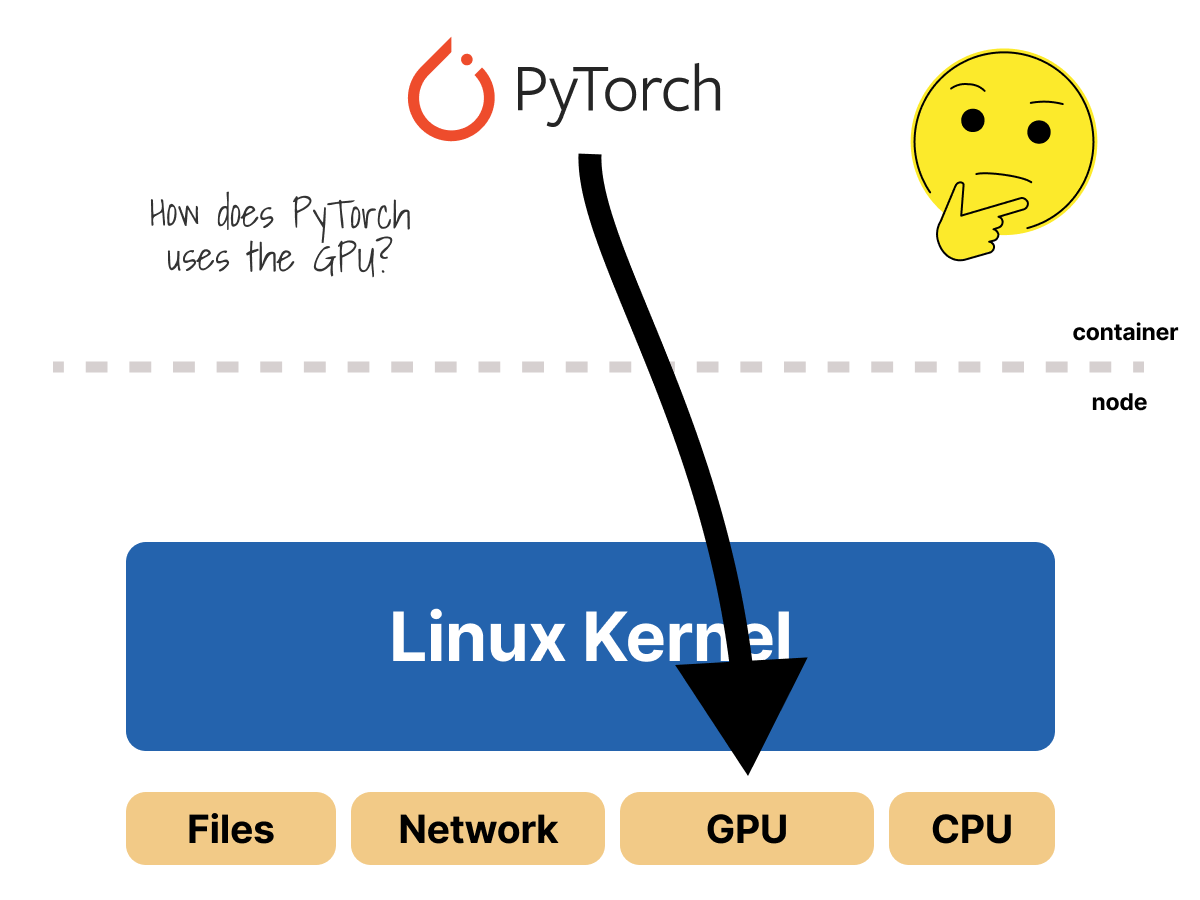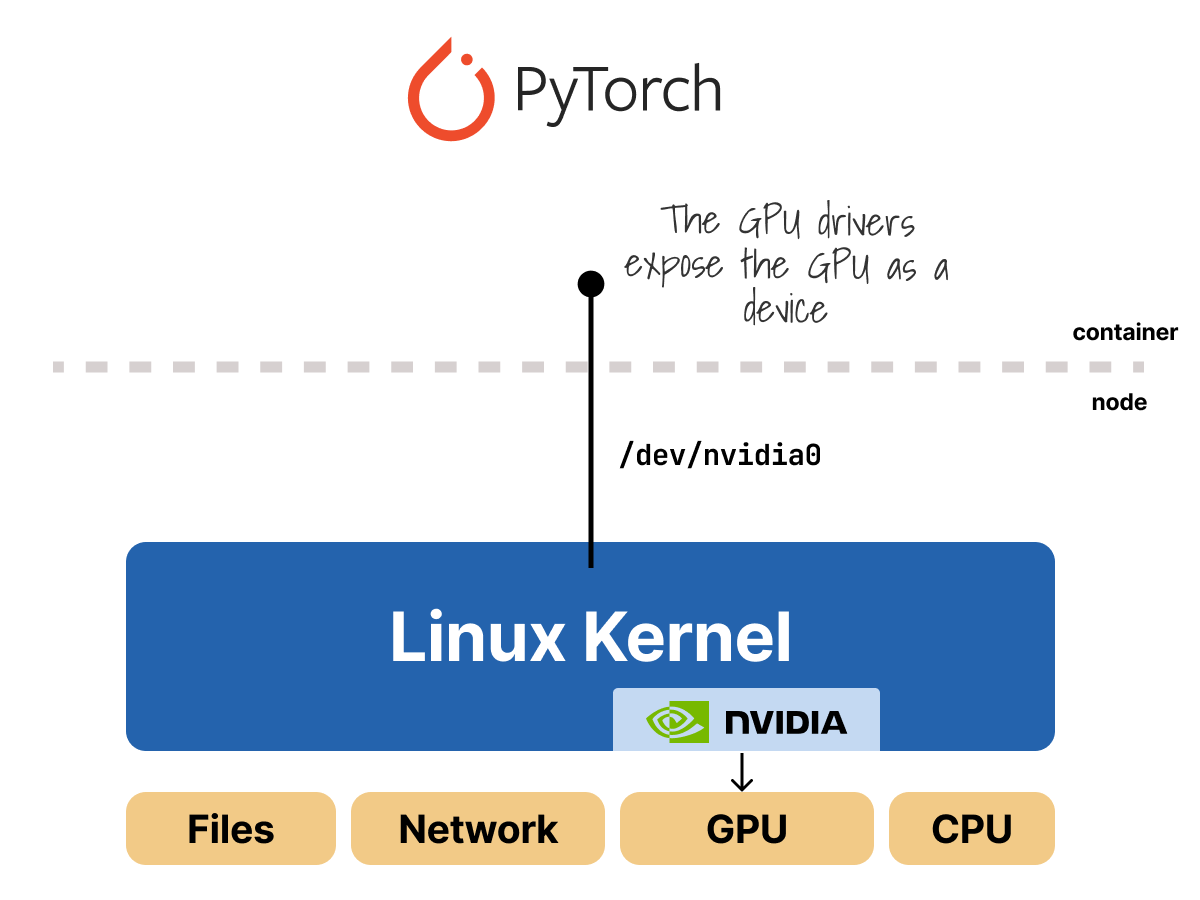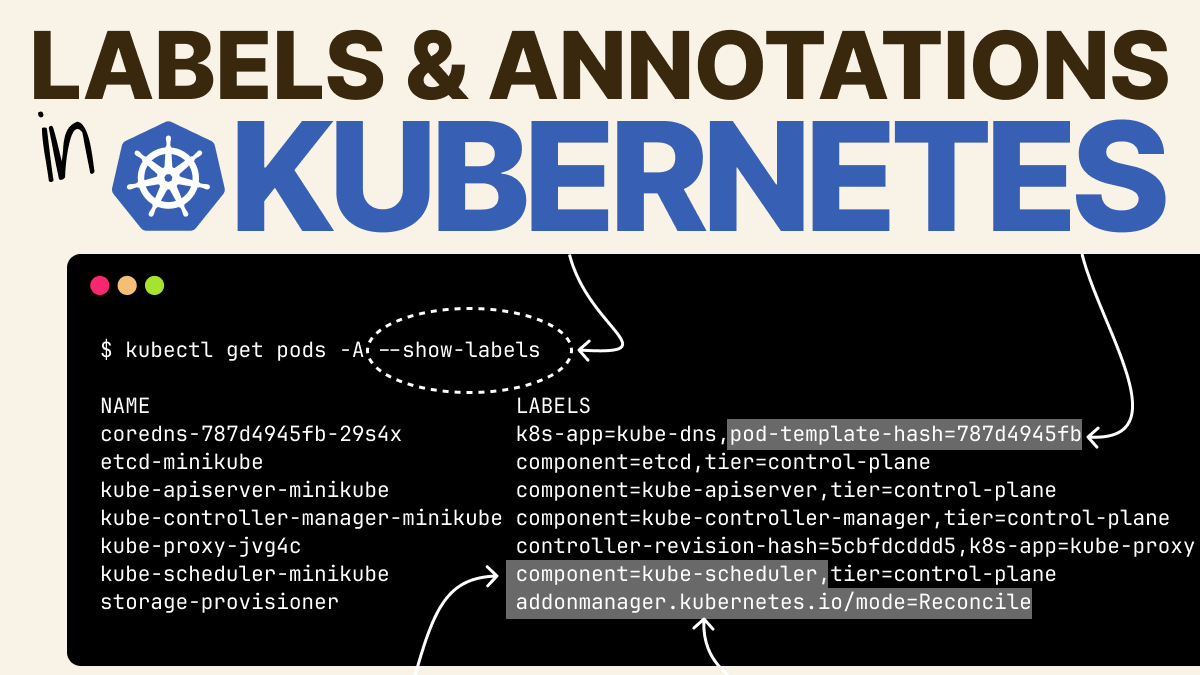
Teaching containers and Kubernetes at @learnk8s ♦︎ Certified Kubernetes Administrator ♦︎ Kubernetes memes aficionado
12 subscribers
How to get URL link on X (Twitter) App


 First, understand the host side
First, understand the host side

 1/
1/

 1/
1/

 Before examining the costs, let's look at the scale of the problem.
Before examining the costs, let's look at the scale of the problem.

 1/
1/



 1/
1/https://twitter.com/danielepolencic/status/1612421361011400705

 1/
1/

 1/
1/

 1/
1/

 1/
1/

 1/
1/

 1/
1/

 1/
1/

 1/
1/

 1/
1/

 1/
1/

 1/
1/

 1/
1/

 1/
1/